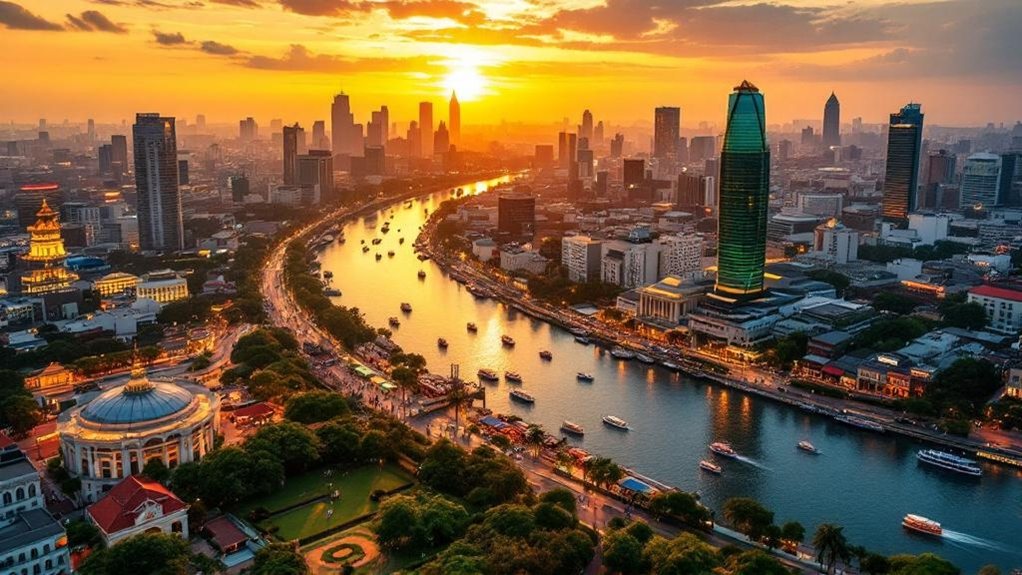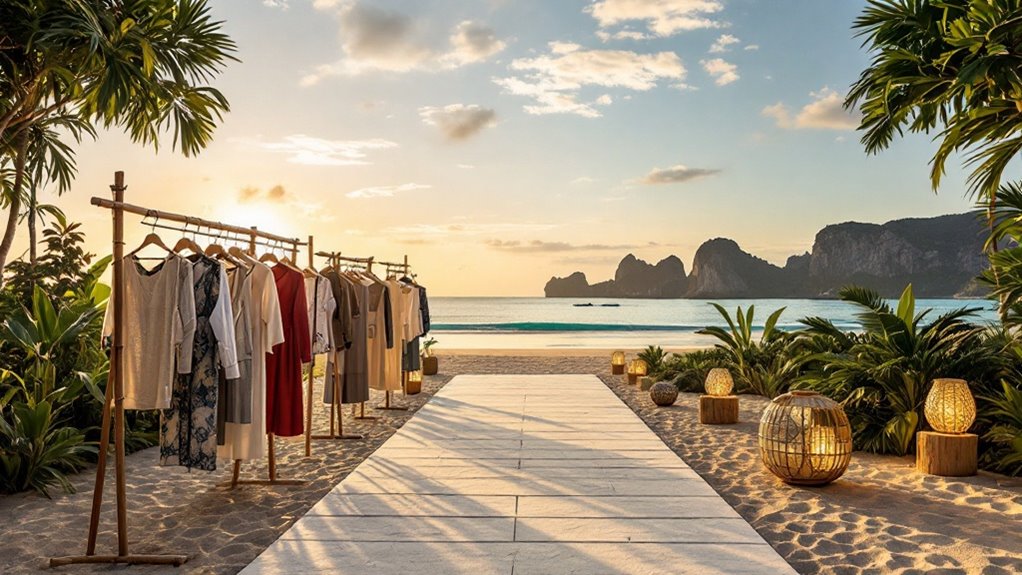Ho Chi Minh City is revolutionizing tourism growth by recording substantial increases in both international and domestic visitor numbers and revenue. In July 2025, tourism revenue surpassed VND 22,000 billion, marking a 45% increase from the previous year. Strategic marketing and infrastructure developments have bolstered accessibility, benefiting from key markets like China and India. The city’s focus on diversifying attractions, including MICE tourism, aims to position it as a premier destination, promising more insights into this transformative journey.
Although Ho Chi Minh City has long been a vibrant hub for travelers, recent data indicates a significant surge in its tourism sector. In July 2025, tourism revenue in the city exceeded VND 22,000 billion, reflecting a substantial 45% increase over the same period in 2024. This remarkable growth trajectory continued from January to July 2025, with total tourism revenue surpassing VND 140,000 billion, marking a year-on-year growth of 30%. The city’s tourism sector has benefited immensely from the enhanced inter-regional transport infrastructure, which has greatly improved travel convenience and accessibility for both domestic and international tourists. This improvement aligns with the forecasted tourist expenditure of USD 10.3 billion for the year.
Such figures underscore the effectiveness of current tourism strategies and expansion efforts, positioning Ho Chi Minh City as a leader in Vietnam’s tourism industry during the 2025 Tet holiday, where it generated an estimated US$303 million, 17% higher than the previous year.
Positioning Ho Chi Minh City as a Vietnam tourism leader, 2025 Tet revenues soared 17% from last year.
Visitor numbers have also shown impressive increases. In July 2025 alone, the city welcomed nearly 700,000 international visitors, a significant 75% rise from July 2024. Concurrently, domestic tourism saw a 15% increase, with approximately 3.4 million local visitors in the same month.
Cumulatively, over 26 million tourists visited the city throughout 2025, including more than 4.5 million international arrivals. These figures were bolstered by key international source markets such as China, South Korea, Cambodia, the Philippines, and India, contributing to the city’s prosperity.
The hospitality market in Ho Chi Minh City has kept pace with this growth, despite facing some challenges. High occupancy rates were observed in the first quarter of 2025, driven by rebounding international tourism. However, the hotel market experienced limited new supply, with only 353 rooms expected to open in 2025, consistent with previous years’ modest growth.
Significantly, the upcoming AVANI Saigon Upscale hotel in the Grand Manhattan complex is a major development in District 1, although temporary hotel closures for renovations have affected availability.
Furthermore, tourism product diversification and expansion have been vital. The city’s tourism has expanded beyond traditional attractions, enhancing MICE tourism and focusing on high-value visitors through upscale hospitality.
This thorough strategy, integrating infrastructure, marketing, and event hosting, supports Ho Chi Minh City’s positioning as a premier business and leisure destination in Southeast Asia.









